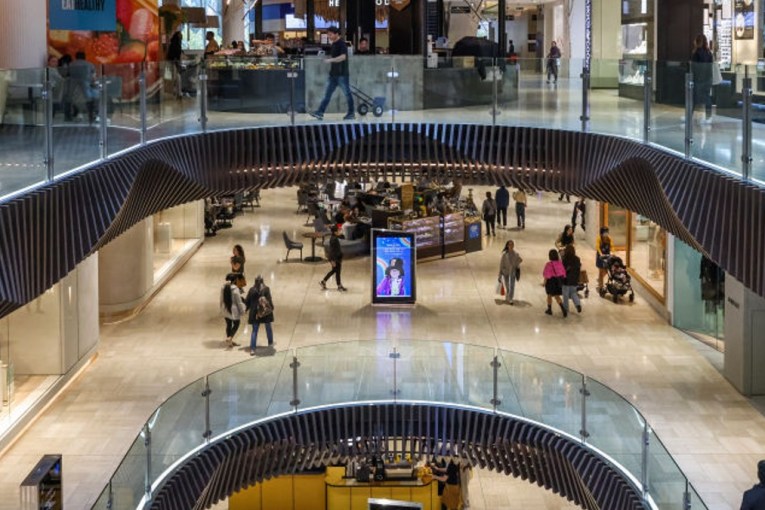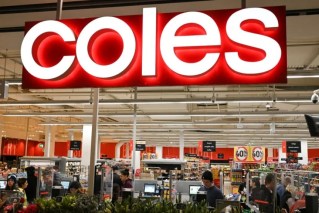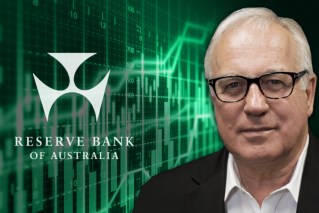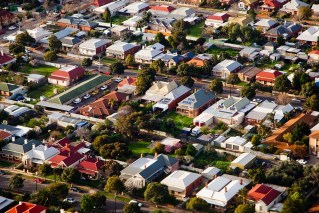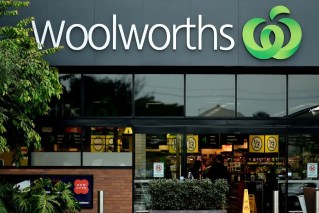Short-term relief for motorists at the bowser, but prices will soon climb

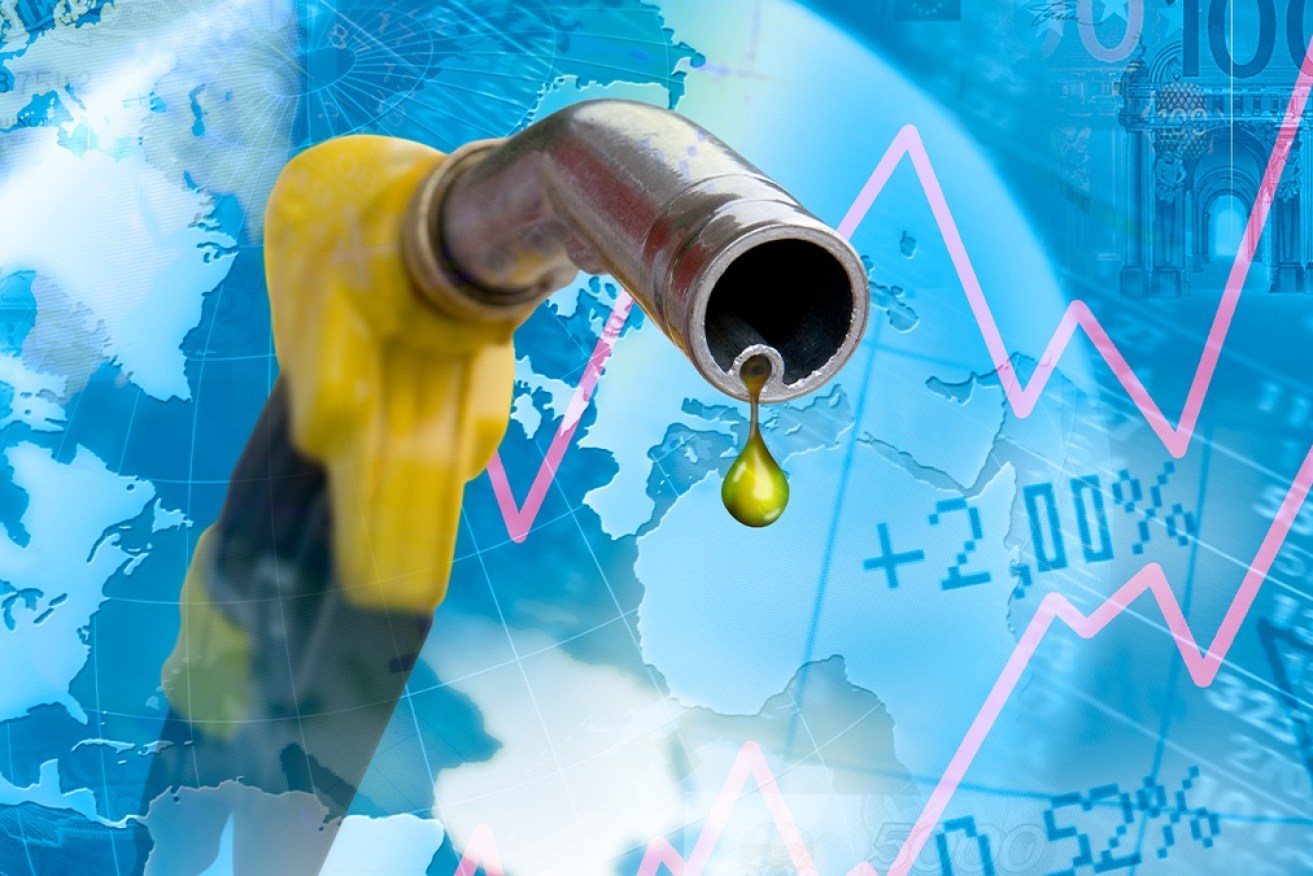
The end of the fuel excise cut means bowser prices will likely rise – but not immediately. Photo: Getty
The fuel excise cut has expired, but drivers expecting a sudden hike in prices have had a temporary reprieve.
Petrol prices fell slightly from 183.2 cents to 182.5 cents per litre, the Australian Institute of Petroleum reported on Monday.
Although the fuel tax holiday, which ended on September 29, halved the tax from 44.2 cents to 22.1 cents per litre, the nation’s weekly average bowser price did not dip below 163.5 cents.
However, the end of the discounting cycle and slashed international oil production means prices could rise above $2 after next week.
Petrol prices surprise drivers
CommSec senior economist Ryan Felsman told The New Daily that the end of the fuel excise cut coincided with the start of a fuel price discounting cycle across Australia’s east coast.
Sydney, Melbourne and Brisbane, which largely drive the national average fuel price, saw bowser prices fall by up to 7.5 cents per litre over the past week.
Mr Felsman said the discounting cycle could last in those cities into next week, keeping the national average retail petrol price lower for the time being.
“That will confuse a lot of people because of those expectations that we would see the average retail unleaded petrol price lift sharply after the restoration of the excise,” he said.
“What we have seen is that [discounting] cycle really masking the increase in the fuel excise, if that indeed has been passed on by some of those retailers.”
But the fuel excise is clearly kicking in to some degree, with the national average wholesale price rising by 13.4 cents last week compared to the previous week.
So, after the current discounting cycle ends, Australia might see the average retail petrol price reach about $2.20 per litre, Mr Felsman said.
The Australian Competition and Consumer Commission is watching for unusual wholesale and retail price increases following the reintroduction of the fuel excise, a spokesperson told TND.
“We will be monitoring wholesale and retail prices closely and will not hesitate to take action if retailers make misleading statements on price movements or if there is evidence of anti-competitive behaviour such as price collusion,” they said.
“Prices will continue to fluctuate with changes in international prices and the USD/AUD exchange rate, as well as petrol price cycles in the five major capital cities.
“Shopping around and using fuel price apps can help consumers find the cheapest petrol in their area.”
OPEC+ keeps petrol prices high
NRMA spokesperson Peter Khoury disagreed that petrol prices will reach above $2 per litre, but said drivers will only start getting meaningful relief at the bowser when oil prices start to fall.
The fall will need to be considerable and long lived, and is unlikely to happen any time soon.
Last week, OPEC+, a group of 23 oil-exporting countries that decide how much crude oil to sell internationally, agreed to slash oil production by 2 million barrels per day, the largest reduction since the start of the pandemic.
The drop in output is the equivalent of about 2 per cent of global oil demand and will start in November.
Mr Khoury said: “The main contributing factor to petrol prices in Australia is the oil price, that has an effect on the wholesale price.
“We saw that after the excise was cut, we still ended up paying record-high prices … and that was because the oil price was skyrocketing.
“Last week’s announcement by OPEC, obviously, is not going to help that.”
